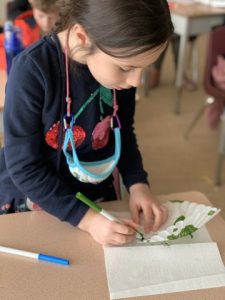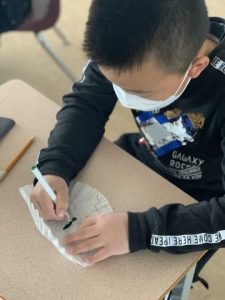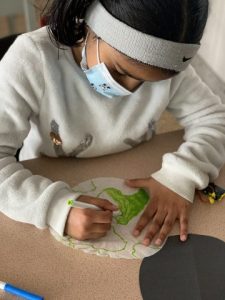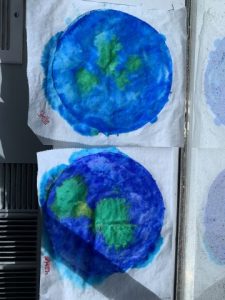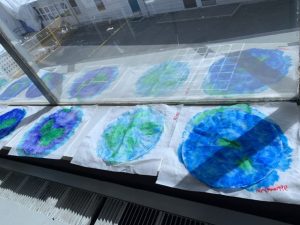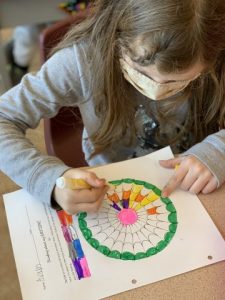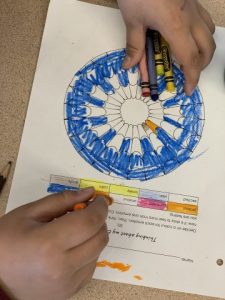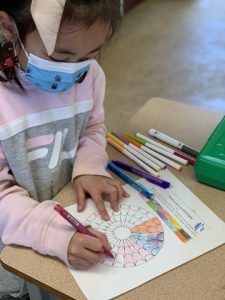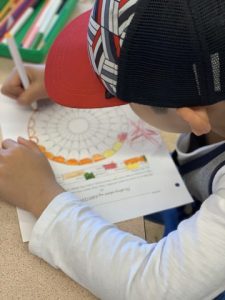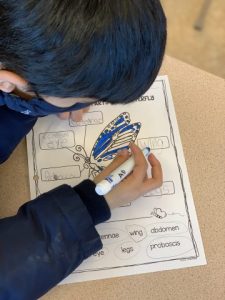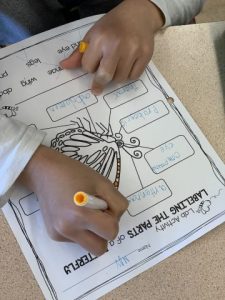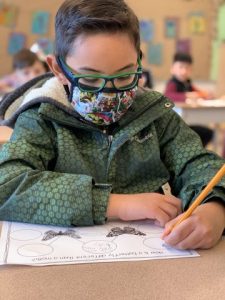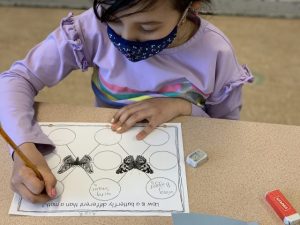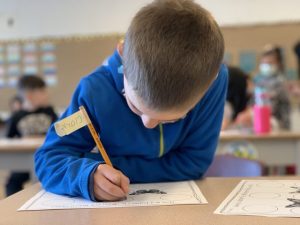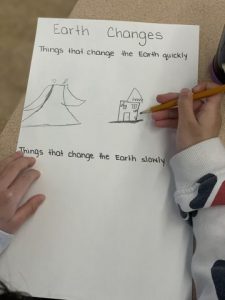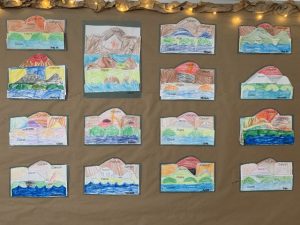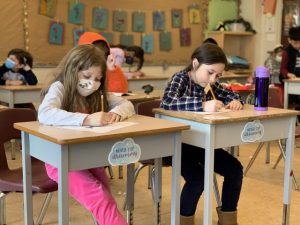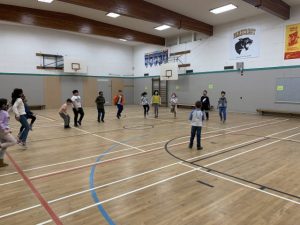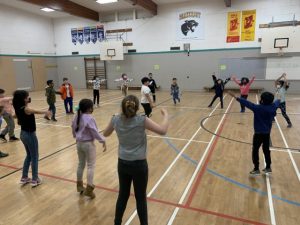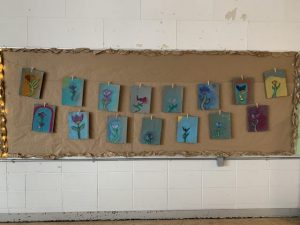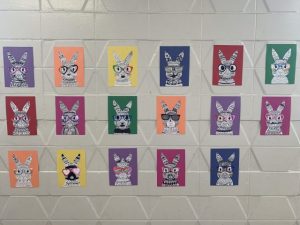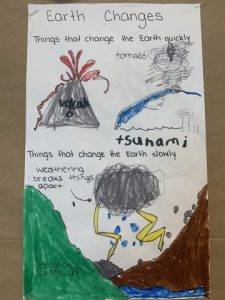
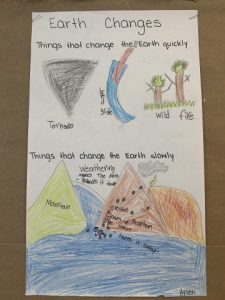
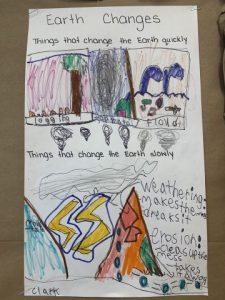
We continue to explore the various rapid and slow changes that make an impact on the shaping of our land. As you can see from our posters above, some things that change the Earth quickly include, an exploding volcano, tornado, tsunami, landslide, wildfire, flood and logging. Some examples that change the Earth slowly primarily include weathering and erosion. The link below provides a crash course in defining the terms of weathering and erosion. Warning, in this video she talks very quickly, so make sure to pause it at various points to break down what she is saying.
https://www.youtube.com/watch?v=R-Iak3Wvh9c
Moving forward we will be examining natural events that affect our ecosystem vs. human activities that affect our ecosystem. Together, with your scientist, can you brainstorm natural events and human activities that could impact our ecosystem – what are some examples that you came up with?

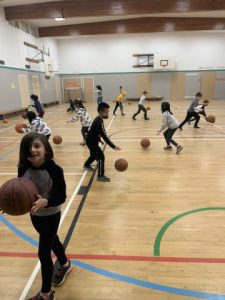
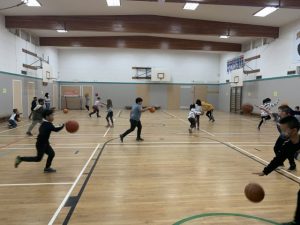
Today in P.E. we began our basketball unit where we will be focusing on learning the proper techniques for fundamental movement skills which include ball handling, dribbling, ball control, passing and shooting. Throughout this unit will we strive on developing our movement concepts and strategies. Movement concepts and strategies include a variety of approaches that will support us achieving the goal of maintaining ball control from our opponent, as well as effectively delivering and receiving a pass from a team member and finally to move safely in a shared space with others.
